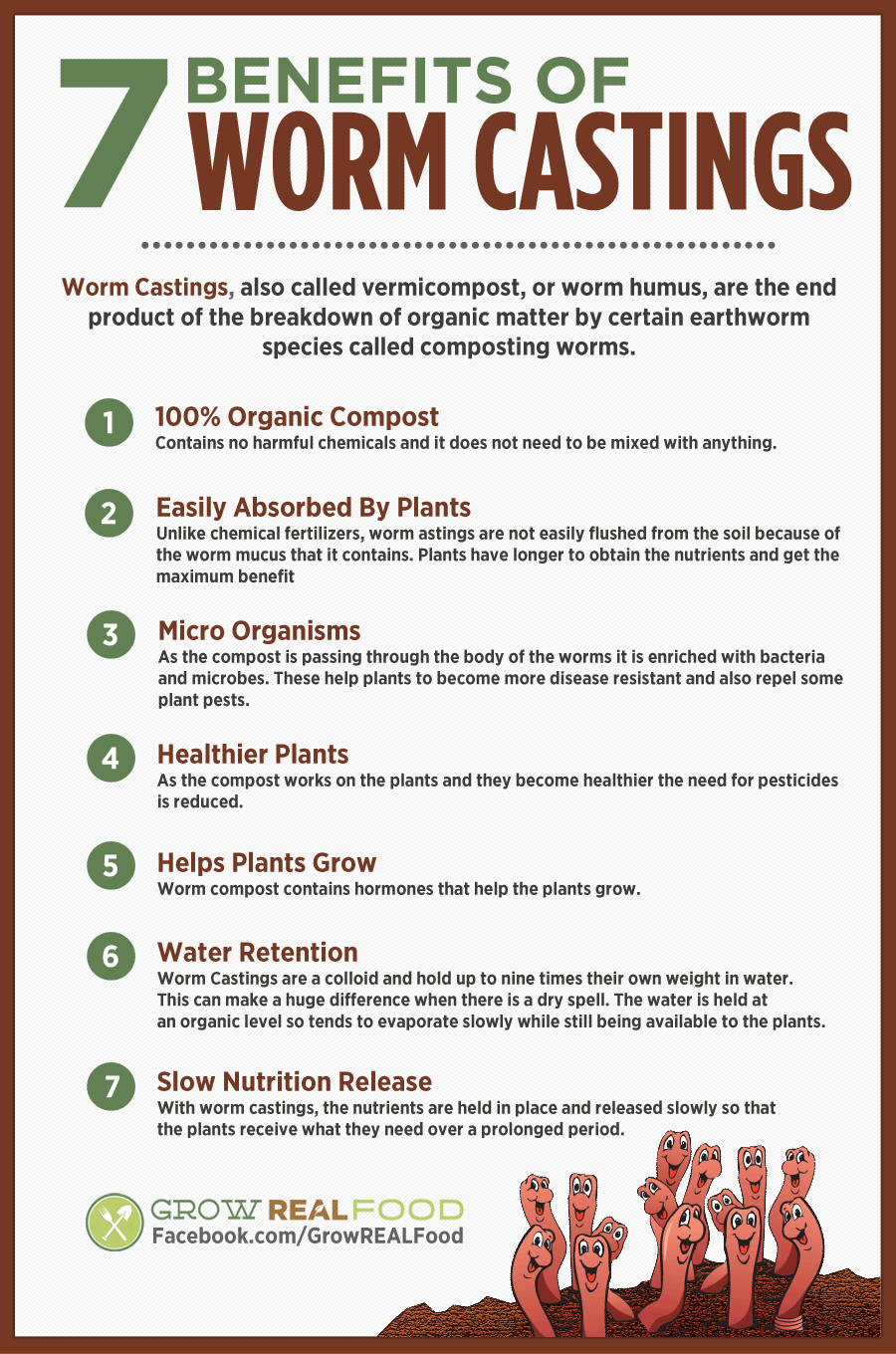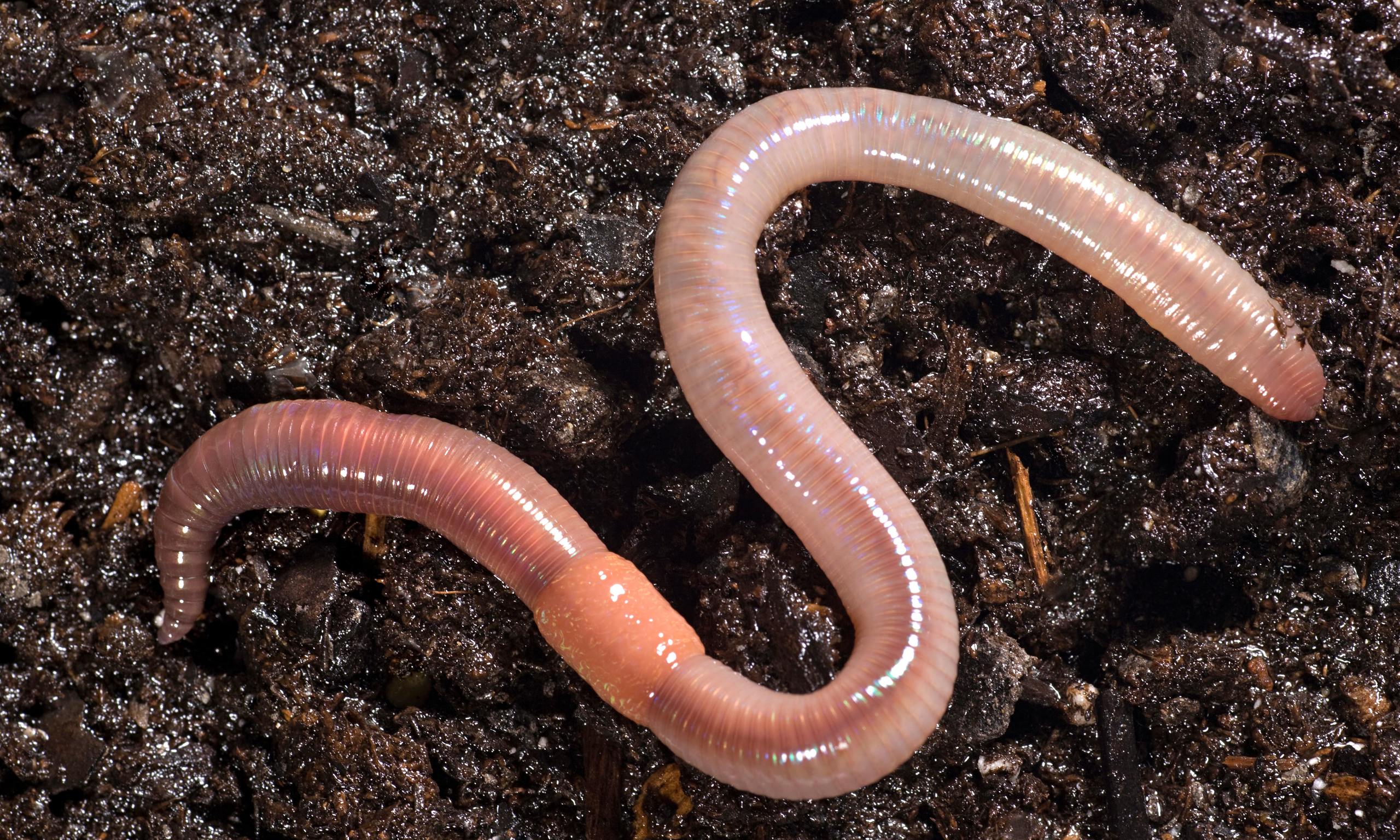The Basic Principles Of North Carolina Worms
Table of ContentsThe Single Strategy To Use For North Carolina WormsNorth Carolina Worms for DummiesGetting The North Carolina Worms To WorkHow North Carolina Worms can Save You Time, Stress, and Money.
Example: 1-gallon of worm spreadings to 4 gallons of potting mix. Do NOT utilize a potting mix that has chemical fertilizers in it. Read the labelit will certainly say. 1/2 mug in the bottom of the growing hole for smaller sized plants. 1 cup for bigger plants. ie. tomatoes, eco-friendly peppers, summer squash, and so on.

The enhancement of tea can additionally add enhanced microbial biomass to your dirt. You can always side-dress your plants with worm castings at any moment. Simply keep in mind, the bacteria will die if exposed to UV rays (Sunlight), so be sure to cover the castings with an inch or so of dirt.
This baffled them for several years until the screening techniques came to be better. They found that plant development and health displayed a Normal curve. It would certainly improve(with even more spreadings), level off, and after that decline. They were dumbfounded. They finally uncovered that excess plant-growth hormones were the perpetrator. Way too many worm spreadings would speed up the growth to a pace that the plant might not recover from.
The smart Trick of North Carolina Worms That Nobody is Talking About
I have expounded the merits of worm spreadings for about 2000 words. Worm castings are no different. It takes time to produce high quality worm spreadings.
Worm spreadings definitely cost even more than chemical plant foods. Worm castings are on the less expensive end of natural plant foods. (50 gallons per year) It is a much tougher and really costly investment to generate big amounts of worm spreadings.

Developing a healthy and balanced soil might be the best advantage of worm castings. Healthy dirt was reviewed and exactly how crucial this has actually ended up being to everybody. The leading ten advantages of worm castings were likewise provided. We discussed worm castings NPK and likewise the proper nutrient evaluation that must apply to worm castings.
What Does North Carolina Worms Do?
We chatted about some of the downsides linked with worm castings. I covered a great deal of product in this short article. There are a great deal of web links (inner and external). If you would like more info on a certain subject, please click with the links to discover a lot more. As constantly, do not hesitate to comment or ask concerns.
The vertical burrows are normally open, although the worms cover the leading with deposit and waste matter. The upright burrows are really vital factors of access for fast water infiltration into the soil, specifically in no-till systems. Air-filled porosity is crucial in helping plant roots to thrive. Roots require oxygen for their growth, whereas they create co2 that requires to leave the dirt.
Earthworms increase porosity by two devices: (1) by producing long-term burrows, and (2) by improving soil gathering. Gathering is boosted by the blending of soil and raw material in the earthworms' intestines. North Carolina Worms. These highly secure accumulations are deposited by some earthworms in their burrows, and by others at the surface area of the soil


In one more research, earthworms were approximated to consume 4 to 10 percent of the top 6 inches of the dirt annually. Soil compaction reduces the porosity of the soil.
How North Carolina Worms can Save You Time, Stress, and Money.
Regular earthworm populaces can quickly take in 2 lots of dry matter per acre per year, partly absorbing and blending it with dirt. The importance of earthworms to mix surface residue with soil comes to be extremely clear in dirts that do not have any type of earthworms. Many of our Pennsylvania soils contend least some earthworms, and the effect of their complete lack, as a result, can not be noted.
They live primarily from partly disintegrated organic matter that is already incorporated in the dirt. These varieties consume big amounts of dirt that they blend with digested plant deposit in their intestines.
Their burrows continue to be open, although they top the top with plant residue that they pull to the entry. These varieties ingest considerable amounts of soil that they combine with digested residue in their intestines. Their excrement is mainly transferred at the surface area of the soil. The nightcrawler Lumbricus terrestris is the most popular member of this team.
Comments on “The Ultimate Guide To North Carolina Worms”